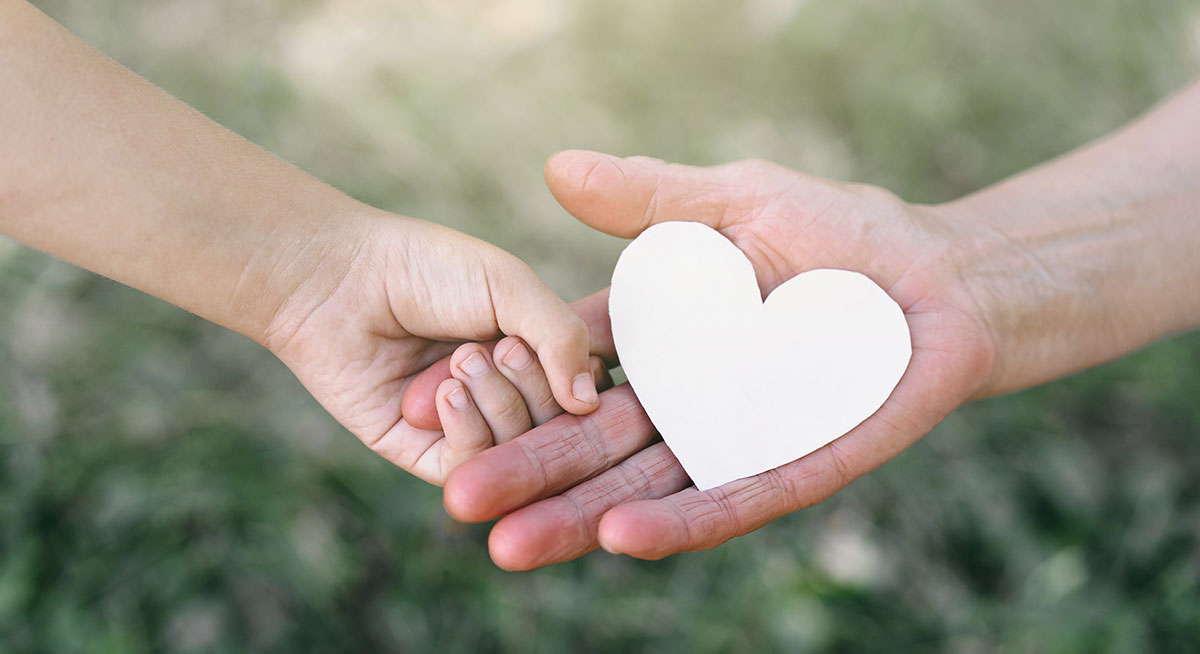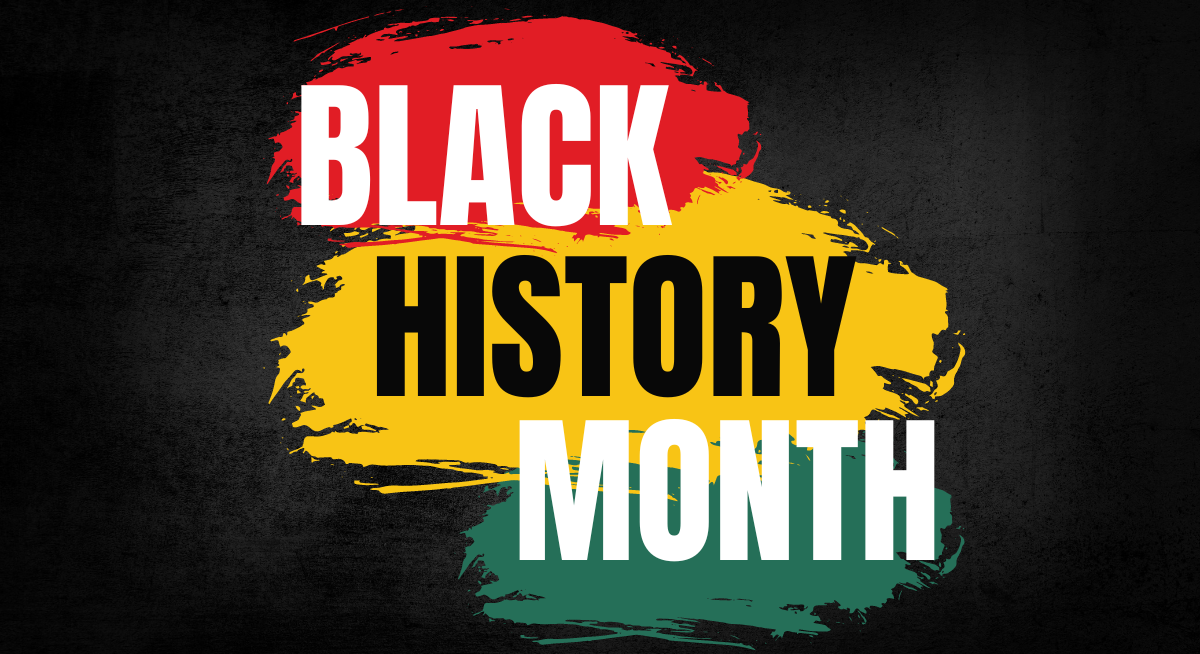Celebrate Homemade Bread Day
Hi, Y’all! My name is Dallas and I would like to share some great tips and tricks and recipes for those of you who like fresh-baked bread, made at home, in honor of Homemade Bread Day on November 17th. I will make sure to add some fun recipes at the bottom as well.
I’m going to start with some tips and tricks for bread making. Using a digital scale when measuring things like flour it makes a difference. Also, experiment with different types of flour, find what you like best and what works best for you and your family. Make sure that you knead your bread enough but not too much to make it tough.
Also make sure that you watch your oven closely to make sure you get the result that you want, not too light, not too dark, and make sure that the thermometer in your oven is accurate, cause that can cause inconsistencies. Make sure you use the correct yeast, as some are fast-acting and some are not, also make sure it isn’t old, or it may not work as well.
Salt is also a very important part as not only does it give good flavors, it also has particular chemical reactions with the flour and yeast to give it proper structure and texture. When proofing your dough, it is best to use the poke test, you want it to leave a small indentation and spring back. And make sure that you warm your milk just slightly, not too much so that the yeast isn’t slowed down by the fat in the milk.
Also, make sure that things like baking powder are fresh so that it still rises properly and fresh baking soda for the same reasons. Even considering things like what salt you want to use, it seems small but what works best can be different for different people.
It’s also important to stick to the rising time that’s suggested, and use a timer or something to help you remember. You don’t want your bread to end up with a bunch of holes or be sour because you let it rise too long. And make sure that the area you are rising it in has a consistent temperature so that it rises evenly. Elevation can also affect the timing and consistency of your bread, so keep that in mind as well.
And lastly, store your bread in a cool (but not cold) and dry place for maximum freshness and shelf life.
Here are some recipes for you to check out. Enjoy!
Dallas Alberti
GSC Student Ambassador
Recipes to Try
Microwave Bread Recipes
Banana Bread – No kneading or rising required!
Basic Homemade Bread
Homemade Pumpernickel Bread
Quick Homemade Raisin Bread







